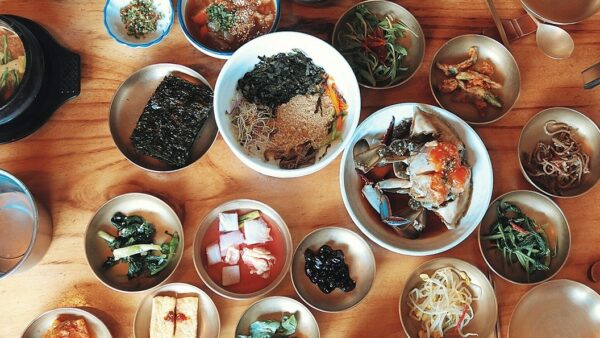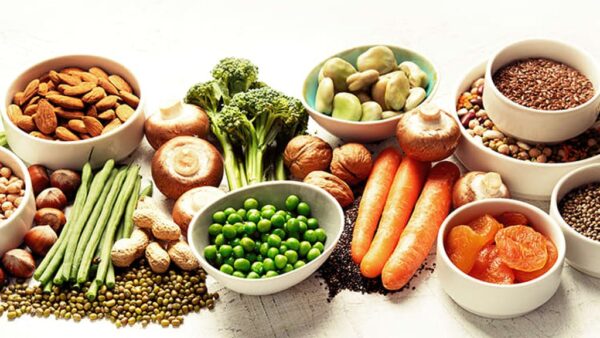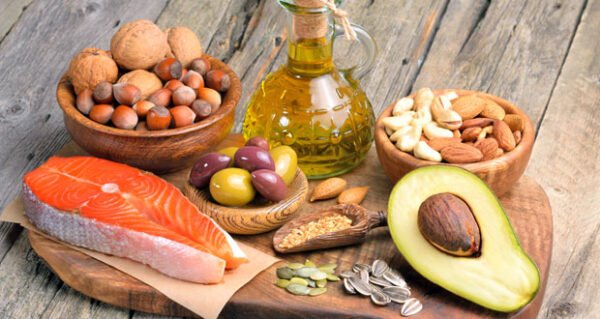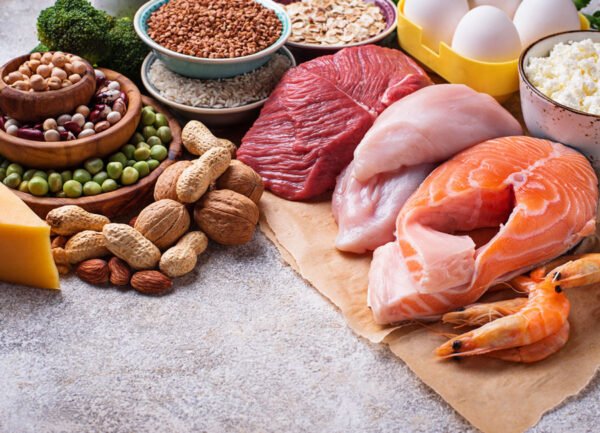Cleaning up your diet will increase the effects of fat loss and give you more vitality. I think that most people who want to lose weight claim that eating healthier is the largest barrier standing in the way of their goal.
I do not believe that this is due to pure laziness. The lack of knowledge concerning nutrition prevents the majority of people from starting or sticking with a diet. Companies have made, and continue to make millions off of this fact.
Take your average fitness magazine; every month there is at least one new diet for readers to try out. Dr. Atkins (who had a heart attack) has made a fortune off of his famous high protein and fat, low-carbohydrate diet. So, what should you eat, how much, and how many times per day? That depends on you!
Being Too Strict:
The biggest mistake I have seen with dieters is that they go into a diet with the intention of being overly strict on what they allow themselves to eat. The problem is that when they slip up and cheat, they see it as an absolute failure and quit the entire idea.

The result is a retiring back to old, bad habits. This is called the Abstinence-Violation Effect and needs to be avoided at all costs. You need to approach dieting with a flexible mindset, allowing yourself to have food, here and there, that doesn’t go along with the program. Otherwise, you will drive yourself nuts and end up worse off than when you started.
Dieting can be simple if you allow it to be. Fat gaining is achieved when you consume more energy, in the form of calories, than you expend throughout the day. Fat cells are simply cells that store excess energy.
The only way to get rid of that excess energy is through burning off more calories than you take in, plain and simple. In addition to exercising more, cleaning up your diet will increase the effects of fat loss and give you more vitality.
Carbs:
For some reason, this idea that eating carbohydrates are actually what makes you fat is true if you eat large amounts of high glycemic index (GI) carbohydrates. The GI is a ranking of carbohydrates that refers to the amount of blood glucose that appears after ingesting a form of carbohydrates.

High GI carbohydrates result in higher amounts of blood glucose, leading to higher levels of insulin following ingestion. Low GI carbohydrates result in lower amounts of blood glucose and insulin. The increase in insulin has been related to increased fatness in individuals tested.
This is because insulin is the body’s main anabolic hormone, increasing glycogen stores, protein stores, and fat stores. This occurs through the activation of enzymes that cause cells to store these nutrients and the inactivation of enzymes that cause a release of these nutrients from cells.
Sources of high GI carbohydrates are those that are high in refined sugar and refined starch, “starchy carbs.” Examples of high GI carbohydrates are most cereals (cereals high in bran have a lower GI), white bread, potatoes, rice, popcorn, and carrots.
Now, be reasonable, although carrots are high on the GI, a person would have to consume a large number of carrots, daily, in order to get the full effect as you would from a normal serving of something like white bread. Sources of low GI carbohydrates are those that are high in fiber. Examples include virtually all vegetables (excluding carrots) and fruit.
While fruit is high in sugar, fructose is low in glucose, which is why it is a low-GI carbohydrate. Another reason why vegetables and fruits are low on the GI is that they both contain relatively larger amounts of fiber.
Fiber:

There are two types of fiber, water-soluble and water-insoluble. Soluble fiber is rapidly broken down and fermented while insoluble fiber is not. Soluble fiber slows the appearance of glucose in the blood due to its viscous property.
The viscosity of soluble fiber slows down the transit time of foodstuffs in the upper digestive tract and lowering nutrient absorption rates. This, in turn, lowers the blood concentrations of ingested macronutrients, leading to lower amounts of absorbed energy. Other great sources of fiber come from melons, oat bran, psyllium, wheat, and whole-grain bread.
Fiber cannot be digested and absorbed for energy by the small intestine. However, fiber can be broken down in the large intestine by bacterial flora. This process results in fermentation in the colon to produce carbon dioxide, alcohol, and/or organic acid.
Fat:
Fat should not be avoided. While fats are the most energy-dense of all the macronutrients, they are a vital part of a diet. Diets high in saturated fats, such as lard, should be avoided. Saturated fats keep lipolytic enzymes (enzymes that break down fat for energy) dormant, thus promoting increased fat stores, not to mention the health risks that are involved.

Trans-fats are made through hydrogenation that solidifies oils (unsaturated fats). Sources include margarine, cookies, crackers, and most snack foods. Unsaturated fats, both mono and polyunsaturated fats are oils and are both healthy sources of fat if taken in moderation/low amounts.
This is because many unsaturated fats are essential; our body does not make them. Without these fats, our bodies would not function properly, and you need proper functioning if you want to lose fat. Great sources of these types of fats are olive oil, flaxseed oil, corn oil, soybean oil, salmon, tuna, cod, walnuts, peanuts, sunflower oil, and safflower oil.
Protein:
Protein is the only macronutrient that has an RDA, Recommended Daily Allowance, and it is .8 g of protein/kg of body weight. A lot of the new literature is stating that athletes may benefit from increasing protein intake to 1.2-1.6 g of protein/kg of body weight. However, the typical American diet usually exceeds these amounts on a given day.

Excessive protein is stored as fat just as excessive fat and carbohydrate intakes. If you do decide to increase protein intake, you might want to consider increasing water intake also in order to keep your kidneys healthy. Quality protein is important. There are nine essential amino acids that we must get from food.
Eating a variety of protein sources will ensure that you are getting all nine of these amino acids. Quality sources are usually in the form of animal tissue such as beef, fish, chicken, and eggs. However, you can get all nine amino acids from mixing beans and corn. Also, tofu and enriched soy can also yield quality protein.
Final Tips:
I’ve listed many food choices that you can choose from when you get ready to start your diet. Don’t forget to allow yourself room to cheat. Personally, I have a cheat meal once every 3-5 days. Here are some things to keep in mind!
- Stay away from fried foods.
- High-fat foods make a person fatter if overconsumed.
- Foods high in refined sugar and refined starches make a person fatter.
- High GI foods make people fatter even when low GI foods have an identical calorie content.
- Eat-in variety and moderation.
- Avoid the Abstinence-Violation Effect.
- Eat more fresh vegetables and fruits.
- Eat between 3-5 meals per day.
- Don’t starve yourself.
- Be positive.
Also, here are a couple of figures to keep in mind when designing your diet
- 40% of calories should come from carbohydrates.
- 20% of calories should come from fat.
- 40% of calories should come from proteins.

